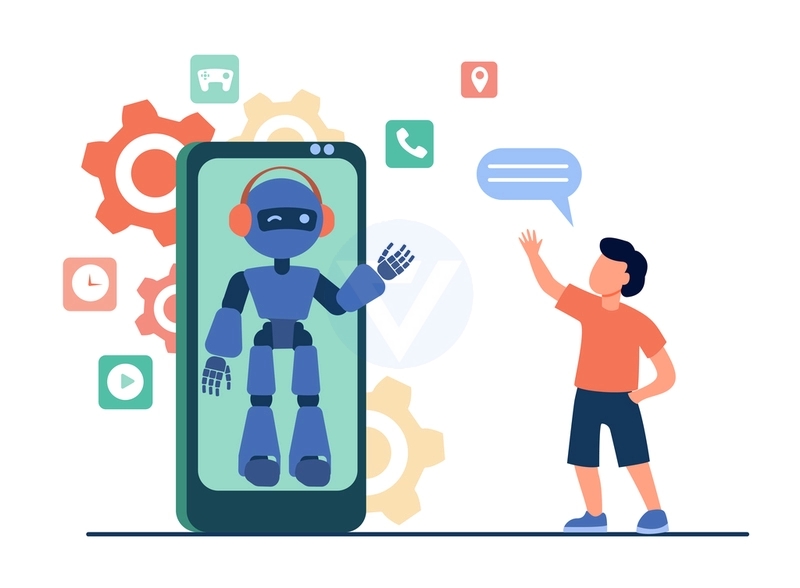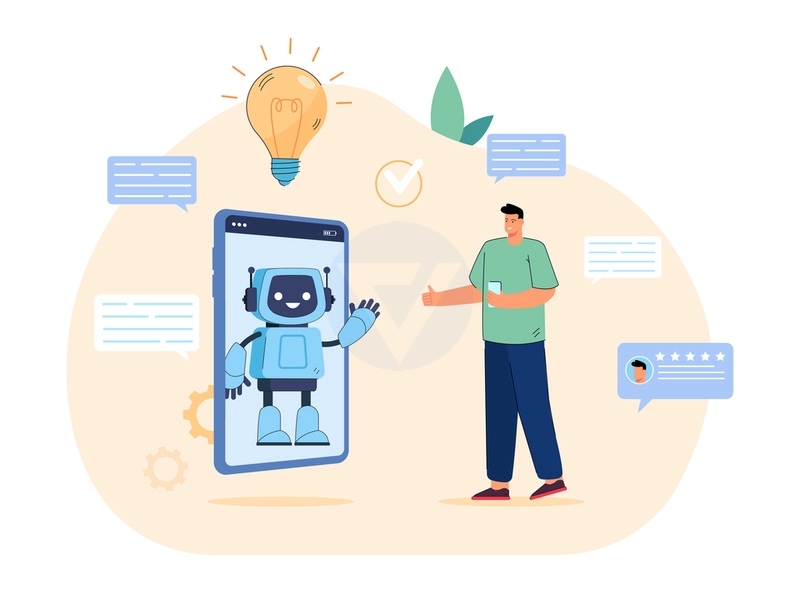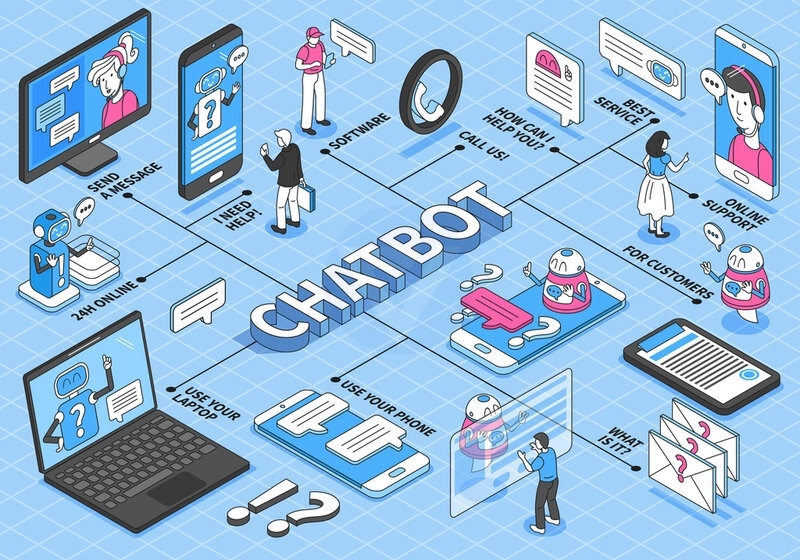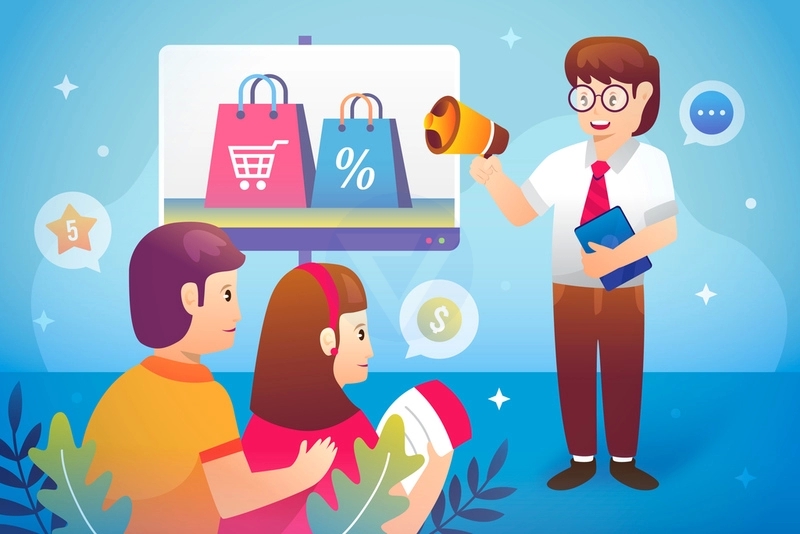
How can we use chatbots to provide personalized product recommendations?
Chatbots can be incredibly useful in providing personalized product recommendations to customers. Here's a step-by-step guide on how to use chatbots effectively for this purpose:
1. Data Collection:
Start by collecting relevant data about your customers. This can include their preferences, purchase history, demographic information, and any other relevant data points. You can gather this information through user profiles, surveys, or by integrating your chatbot with your customer relationship management (CRM) system.
2. Natural Language Processing (NLP):
Implement natural language processing capabilities in your chatbot. NLP allows the chatbot to understand and interpret customer inquiries and statements in a conversational manner. This helps the chatbot to accurately identify customer needs and preferences.
3. Recommendation Engine:
Develop a recommendation engine that is capable of processing customer data and generating personalized product recommendations. The recommendation engine can take into account factors such as past purchases, browsing history, and customer preferences to provide tailored suggestions.
4. Interactive Conversation:
Design the chatbot to engage customers in an interactive conversation to understand their requirements better. The chatbot can ask questions about their preferences, budget, desired features, or any specific requirements they might have. This conversational approach enables the chatbot to gather more information and refine the recommendations accordingly.
5. Real-Time Data Analysis:
Utilize real-time data analysis to continuously update and improve the recommendations provided by the chatbot. Monitor customer interactions, purchase patterns, and feedback to refine the recommendation engine and ensure it remains accurate and up to date.
6. Integration with E-commerce Platforms:
Integrate the chatbot with your e-commerce platform to seamlessly provide product recommendations and enable customers to make purchases directly through the chatbot interface. This integration streamlines the customer journey and enhances the overall user experience.
7. Personalized Notifications:
Leverage the chatbot to send personalized notifications to customers about new products, exclusive offers, or items of interest based on their preferences and browsing history. This helps to keep customers engaged and informed about relevant product updates.
8. Continuous Improvement:
Regularly analyze customer feedback and interaction data to identify areas for improvement. Refine the chatbot's recommendation engine, add new features, and adapt to changing customer needs to ensure that the personalized product recommendations remain effective and valuable.
By leveraging chatbots for personalized product recommendations, businesses can enhance customer satisfaction, increase sales, and deliver a more tailored and engaging shopping experience. The combination of NLP, recommendation engines, and real-time data analysis enables chatbots to provide accurate and relevant product suggestions, ultimately driving customer loyalty and business growth.
Share It:
Tags:













